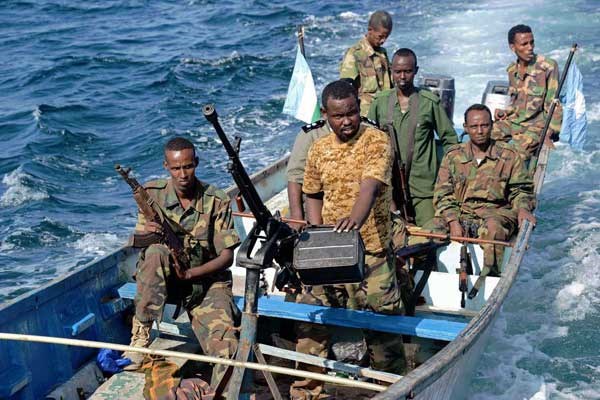
By AGGREY MUTAMBO
Monday February 12, 2018

The International Court of Justice has allowed Somalia to file a response to a case in which it has sued Kenya over a maritime border.
The move kick-starts a fresh round of arguments, which could determine the final flow of the border.
The court Monday announced that Somalia should respond to Kenya’s claim that the current flow of the border should remain intact by June 18, after which Kenya will have another six months to poke holes in the response.
“The court issued this decision taking into account the views of the parties and the circumstances of the case. The subsequent procedure has been reserved for further decision,” said a statement from the court’s registry.
KENYA'S PLEA
Somalia sued Kenya in August 2014, saying the border between the two countries should extend diagonally into the sea, south of Kiunga and not eastwards as it is today. But Kenya has argued that this may also affect its sea border with Tanzania. The current border has existed largely as a result of Presidential Proclamation of 1979.
When the case was presented to court last year in February, Kenya’s preliminary objections were dismissed. Kenya had argued that the court lacked jurisdiction and that the two countries had signed a memorandum of understanding to have the matter resolved through the UN Commission on the Limits of the Continental Shelf, something which Nairobi had claimed was not yet exhausted.
AREA IN CONTEST
The area in contest is about 100,000 square kilometres, forming a triangle east of the Kenyan coast
In 2009, Kenya and Somalia had reached an MoU and deposited it at the UN. It proclaimed that the sea border should run eastwards. But the case is also influenced by the suspected oil deposits in the contested area. Somalia had argued that Kenya was prospecting in the area, something that could expose Somali resources to exploitation should it win.
In December, Kenya filed an argument before the Court saying the matter can best be handled through the UNCLOS and insisted its continued exploration, fishing and other activity in the disputed area is based on a bilateral decree issued by the countries’ leaders in 1979.